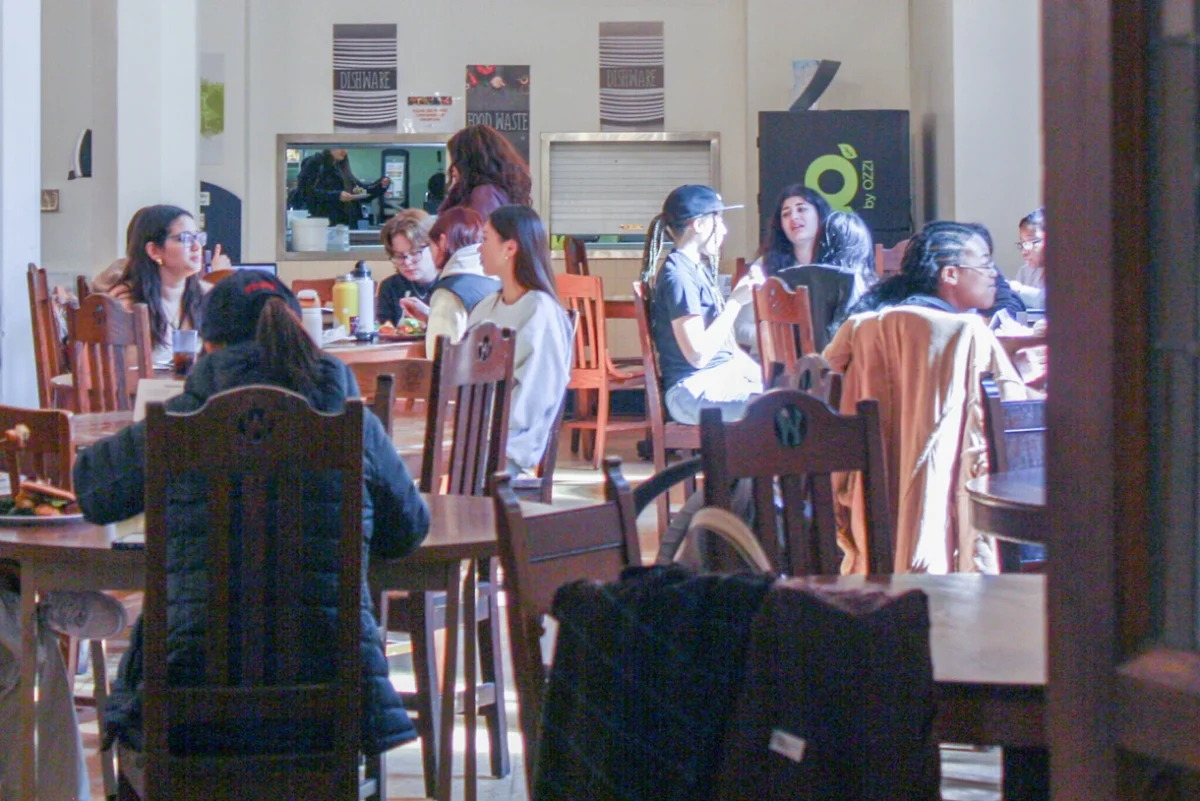By EMILY BARY ’14
Staff Writer
3D printing has become one of the hottest crazes in technology, and now Wellesley students can get in on the action. Wellesley recently installed two MakerBot printers in Clapp Library, and the media arts and engineering programs each own an additional 3D printer.
Until recently, 3D printers were expensive and mostly used by industrial companies. Now the technology, which puts thin layers of plastic on top of one another in order to create a three-dimensional object from scratch, is finally affordable. MakerBot models, like the ones Wellesley has, run at approximately $2,800. Wellesley was able to purchase the printers using money from endowments designed to facilitate the acquisition of technological equipment that can enhance learning, according to Director of Research and Instructional Support Heather Woods and Chief Information Officer Ravi Ravishanker.
MakerBot recently introduced a cheaper 3D printer that will be priced at $1,395.
Still, 3D printers can be rather slow, and a stop by the MakerBot store on Newbury Street will show you that it can take a machine hours to print what looks like a relatively simple piece of plastic. People can print from existing templates or design models themselves, the way Jordan Tynes, an instructional technologist at the Clapp Library, does.
Tynes thinks the biggest obstacle for people who want to get started with 3D printing is the modeling process, through which people use software to create mathematical representations of the models they wish to print. Free tools like the open-source modeling software Blender can make the modeling process easier, but people who use them may not have less control over some of the nuances of the materials they’re working with than someone using more expensive and advanced tools might.
“Once you get over the learning curve, the printing process has become a lot easier,” Tynes said. “The MakerBot printers we have get credit for making 3D printing accessible. It’s now taking its first steps toward ubiquity, and when we first unboxed the MakerBots, I was blown away by how approachable they are.”
Tynes believes that 3D printers can incredibly useful for education, and he’s helped people at Wellesley use the printers for coursework. Recently, he designed a model of an insulin protein for someone to display at an academic conference. He also helped Professor Jenny Johnson’s “Sound Art” class develop casing for their sound interfaces.
Though the printers haven’t yet been widely used by Wellesley students — after all, Tynes just unboxed them in January — students can contact Tynes if they have something that they want to use a 3D printer for.
“I think it would be great if people started getting in touch because then we’d be able to realize how people are using these things, how they’re interested in using them and what they’re going to need them for,” he said.
Ravishanker and Woods believe that having the 3D printers in the library allows people from a variety of disciplines to come together and work on projects in a common area.
3D printers have applications beyond academic and industrial use. Tynes said that he once helped a Wellesley department that needed a special wrench to remove safety bolts and release things bolted to a desk, after someone had lost the wrench. Tynes was able to create a three-dimensional scan of the bolt and used a 3D printer to make a wrench that was the inverse of the bolt’s shape.
If people begin to put 3D printers in their homes, they can use them to replace anything from broken dishwasher parts to camera lenses.
While printers have traditionally been used to print plastic, companies are working on ways to print in different materials. One company created a wood filament for 3D printing that is 70 percent wood and 30 percent plastic. 3D Systems, a 3D-printing company, agreed to a partnership with Hershey’s earlier this year and will work to create a machine that can produce 3D-printed candy.
Last year, a New York Times writer documented his experience creating 3D-printed food to go with his 3D-printed utensils.
3D printers are becoming affordable enough for ordinary consumers to use, but the big challenge is making them easy enough for consumers to use as well. Now that Wellesley has 3D-printing technology, perhaps students here will be involved in modeling and molding what the future of 3D printing looks like.




